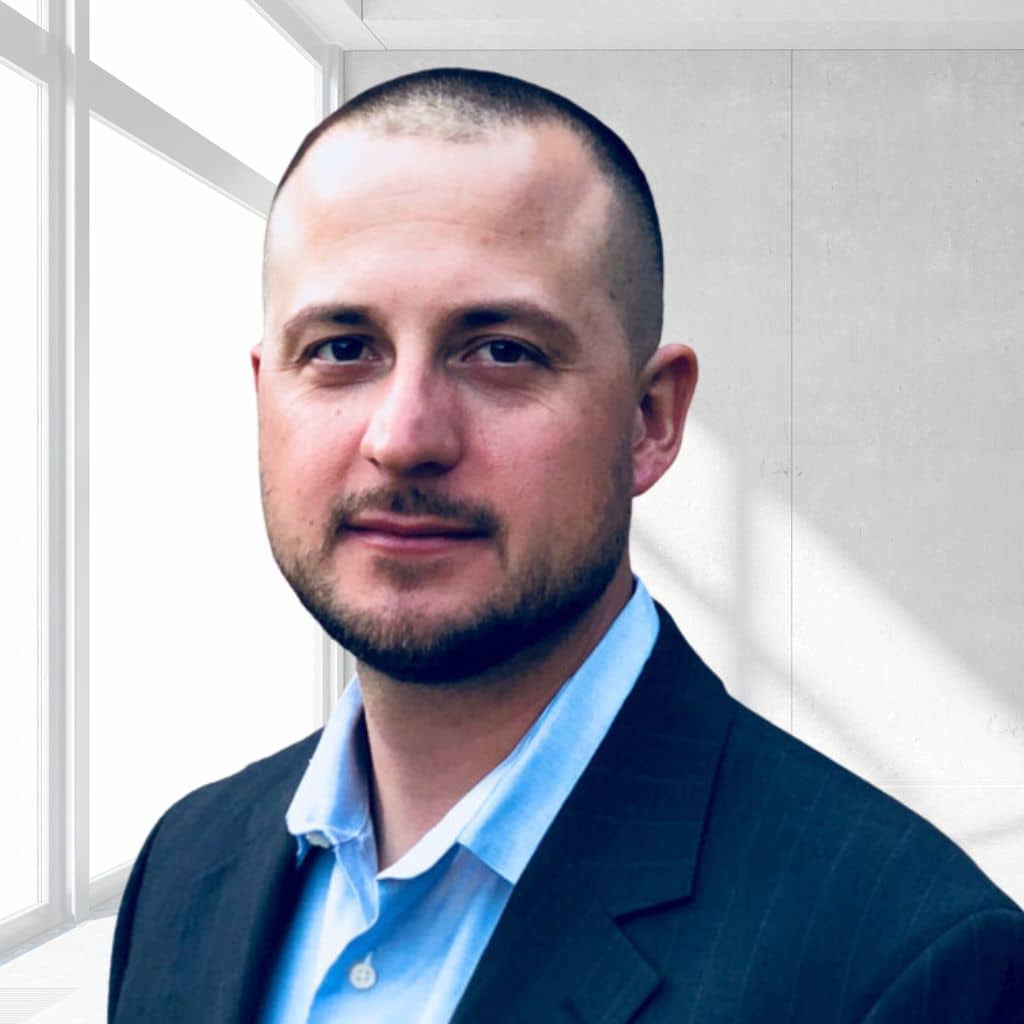2025 Forecast: Healthcare Staffing Innovations and Challenges
StaffDNA® Charts the Future of Healthcare Staffing for 2025
The healthcare industry is on the brink of a transformative surge, poised to grow at an unprecedented pace that will reshape the future of patient care. With an increase in mergers and acquisitions fueled by private equity and venture capital, healthcare technology companies, hospitals, care facilities and staffing companies we see at the beginning of 2025 may look very different — or be completely gone — by the end of the year.
To thrive in this evolving landscape, organizations in the healthcare ecosystem need to embrace change and adapt to the shifting demands of a dynamic and competitive market.
What’s changing? There are multiple shifts:
- Widespread burnout among medical professionals continues to drive many out of the industry entirely. Up to 16% of physicians report wanting to leave medicine entirely due to this burnout. Healthcare facilities are struggling with staffing affecting patient care, leading to longer wait times and a decline in overall care.
- Artificial intelligence is becoming more normalized in every industry, particularly in healthcare. Facilities are utilizing AI technology to diagnose patients quicker and care is becoming more personalized, leading to more remote monitoring and the need for qualified allied health professionals to work with clinical teams.
- Cybersecurity breaches, such as the attack on Change Healthcare, revealed there are dangerous vulnerabilities in healthcare system IT, which leads to disruptions in operations and puts vital patient data at risk. Healthcare systems have been far too easy to hack over the years, which may lead to healthcare facilities requiring standardized cybersecurity credentials on day one of the job.
Below is a closer look at these emerging trends revealing their capacity to shape the course of the healthcare staffing ecosystem.
Healthcare workers will prioritize per diem contracts
In 2023, over 50% of medical students, physicians, advanced practice providers, nurses and pharmacy professionals expressed feeling burnout with their job. One method to combat this burnout is to take on per diem contracts, which allow healthcare workers to pick up shifts on a day-to-day basis. StaffDNA® expects per diem positions to gain popularity in 2025 and beyond.
Another factor in this prediction is the influx of the Generation Z population into the workforce. Many GenZers are either in the midst of their careers and others are just starting. Yet in healthcare, Gen Z is leaving the healthcare industry as quickly as they are entering it. It’s been reported that one in every five Gen Z healthcare workers is considering leaving the industry altogether. This is a stark contrast from their millennial and Gen X counterparts with only 5.4% and 2.5% planning to leave the industry, respectively.
GenZ opting out of healthcare as a career is coming at a critical time when younger workers are needed. A lack of STEM training and education in U.S. schools is leading to a generation of workers underprepared for healthcare and lacking the necessary knowledge to work in the healthcare field. It’s estimated that over 40% of high school seniors scored below “basic” in the sciences.
To combat the decline in workers entering healthcare, there needs to be flexibility in how facilities schedule and staff their employees to maintain proper patient care. One solution is per diem shifts. Per diem shifts allow medical professionals the ability to pick up shifts when they want, where they want. There are multiple benefits to per diem contracts for healthcare employees and the facility. First, per diem employees can earn a higher salary since facilities can pay more due to not having to payout benefits such as PTO, sick days or insurance. On average, per diem nurses make anywhere from nine to $30 more than staff or local nurses for working the same shifts at the same facility².
The per diem nurse staffing market is expected to grow at a compound annual growth rate of more than six percent until 2030. It’s even expected that per diem nurse staffing will have the largest market share by 2031³. StaffDNA® believes that in 2025 agencies nationwide will have to prioritize per diem contracts to meet demand for more flexible work opportunities from healthcare professionals.
AI usage becomes more normalized for agencies nationwide
According to industry analysts, 72% of businesses have adopted AI for at least one of their business functions. Healthcare overall has an AI adoption rate of 40%, the highest of any industry. StaffDNA® expects healthcare agencies and recruiters alike to utilize AI more frequently into 2025 and beyond.
Healthcare staffing companies across the country are using AI to automate redundant tasks and realize efficiencies on the clinical side, but it’s also helping with their staffing. With machine learning software and AI technology, staffing companies and facilities can identify the right candidates for a healthcare role. Based on their setting preferences, credentials and how they perform in clinical assignments, the ability to match candidates and facilities to fill roles, streamlining sourcing the right candidate.
While antiquated sourcing methods can take up to 13 hours of sourcing for a single role⁴, AI can help sift through hundreds of candidates instantly. Tools like DnAI match™ from StaffDNA® can match candidates and facilities instantly based on several factors such as qualifications, specifications and preferences.
Predictive analysis is another popular feature used by healthcare staffing agencies and will only become more normalized in 2025. Predictive analysis is the use of data and statistical modeling to forecast future outcomes. For facilities nationwide, it’s integral to remain optimally staffed at all times. One example is StaffDNA®’s proprietary technology within its client application, which can now use AI to predict when hospitals will become understaffed or when demand for specific healthcare roles will surge, allowing them to proactively fill critical gaps before they impact patient care.
AI is shaping a future where staffing processes are smarter, faster and more responsive to the ever-evolving demands of healthcare. This shift marks a pivotal step toward a more efficient, data-driven approach to workforce management for staffing agencies everywhere.
Cybersecurity will be of the utmost importance for software providers
Change Healthcare, a subsidiary of United Healthcare, and one of the largest pharmacy claims processors in the country, underwent a cybersecurity attack on February 21, 2024. The outage caused disruptions such as delayed prescription processing, disrupted healthcare operations and over 100 million people having their private health information stolen¹.
The data breach, which was performed by ALPHV/BlackCat, was attributed to poor security. In light of this and other cybersecurity attacks in the healthcare world, lawmakers have proposed mandatory cybersecurity requirements and penalties for those who lie about their respective company’s cyber hygiene.
Prior to the 2024 elections, multiple bills were presented to mandate cybersecurity protocols and two senators worked together to create the Health Infrastructure Security and Accountability Act (HISAA). This act would result in increased auditing of healthcare organizations, more funding to rural and underserved hospitals and even giving jail time to executives who lie about their cybersecurity policies.
However, there is a bipartisan bill that was also proposed. The Healthcare Cybersecurity Resiliency Act calls for an update to HIPAA regulations to strengthen cybersecurity across healthcare. This would include potentially giving grants to help under-resourced facilities adopt best practices for cybersecurity.
StaffDNA® expects one of, or some variation of these acts to be passed in 2025. This will lead to more emphasis than ever before on cybersecurity and protecting people’s personal information, especially as the world becomes more digitalized by the day.
Key takeaways for healthcare staffing in 2025
From the growing demand for flexible per diem contracts to the widespread adoption of AI for patient care and smarter workforce management, there will be major shifts in the industry in 2025. Additionally, the rise in cybersecurity threats will drive heightened regulatory focus and stricter data protection standards.
Healthcare professionals, staffing agencies and technology providers alike will need to embrace these innovations and challenges to remain competitive in a growing industry. As technology and workforce dynamics continue to evolve, the ability to anticipate and respond to these shifts will define success in the healthcare staffing landscape. The healthcare staffing industry is on the cusp of significant transformation in 2025.

Drew Lanham
VP of Provider Services
Check out these other great Staffdna articles

Exploring the Many Paths of a Nursing Career
Nursing is more than a job—it’s a calling where compassion meets action. Every day brings the chance to make a lasting impact on patient care.

Seven Steps to Getting Started in Travel Nursing
Are you curious about travel nursing? Perhaps you’ve wondered what it would be like to explore a new city and everything it has to offer, all while getting paid for it.

Per Diem Power: Find Freedom and Flexibility in Your Next Role
Per diem, meaning “by the day,” jobs have existed for thousands of years, but the healthcare industry has adopted this term in a unique way.

Healthcare Staffing: What Some Agencies Don’t Tell You
Imagine this: you’re a healthcare professional looking for a new job. It should be easy, right? Everyone knows healthcare professionals are in high demand, and facilities and providers are always searching to fill roles.

2025 Forecast: Healthcare Staffing Innovations and Challenges
The healthcare industry is on the brink of a transformative surge, poised to grow at an unprecedented pace that will reshape the future of patient care.

GenAI is in the Building and Ready to Operate
Generative AI (GenAI) is reshaping industries from manufacturing to finance and virtually everything in-between. Healthcare is no exception.
